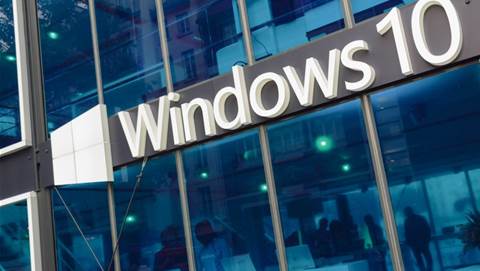The next step in supermarket deliveries is customers live-tracking riders from the aisles and directing them on which products to pick from the shelves, according to Woolworths.
“As the person [delivery rider] is moving through the store, you're seeing your shopping list being ticked off in real-time,” Milkrun’s new Co-CEO David Berger told Zendesk Showcase last week.
“You're seeing if something was substituted, what it was substituted for… or if they've [the rider] chosen something that that the customer doesn't want, the customer can give that feedback in real-time."
Woolworths acquired Milkrun last month and is now using the brand in place of its own similar service, which had been called Metro60. Berger was the co-founder of Metro60.
Berger did not outline any explicit timeline or technical roadmap for achieving the new capability.
However, he said that moving “beyond delivery tracking to what we now call picking tracking,” is the next step in addressing a major consumer pain point and in staying ahead of the increasingly competitive grocery delivery app market.
“You have to continue to find those customer pain points in your industry - it’s a lot to do with the customer not getting what they’ve ordered," he said.
“What we're trying to do now is provide customers insight into what's happening when the personal shopper’s in the store picking their order.”
Deploying an in-store live tracking capability is necessary for Milkrun to maintain an edge against its competitors that are constantly releasing experience improvements to the market, Berger said.
“A lot of the things that were differentiators for us [the grocery delivery app market] have just become 'table stakes' - you have to have those things to compete.
“People's expectations are ever-increasing; 10 years ago it was revolutionary to have live delivery tracking; now everyone has it.
“Ten (10) years ago, if you did a delivery in 45 minutes, people were happy; if you did it after 60 minutes, they would start calling and asking, ‘Where's my delivery?’
“Now, expectations are that if it's not there in 30 minutes people start to get upset. During the pandemic, a bunch of startups started delivering it in 10 minutes.”

























